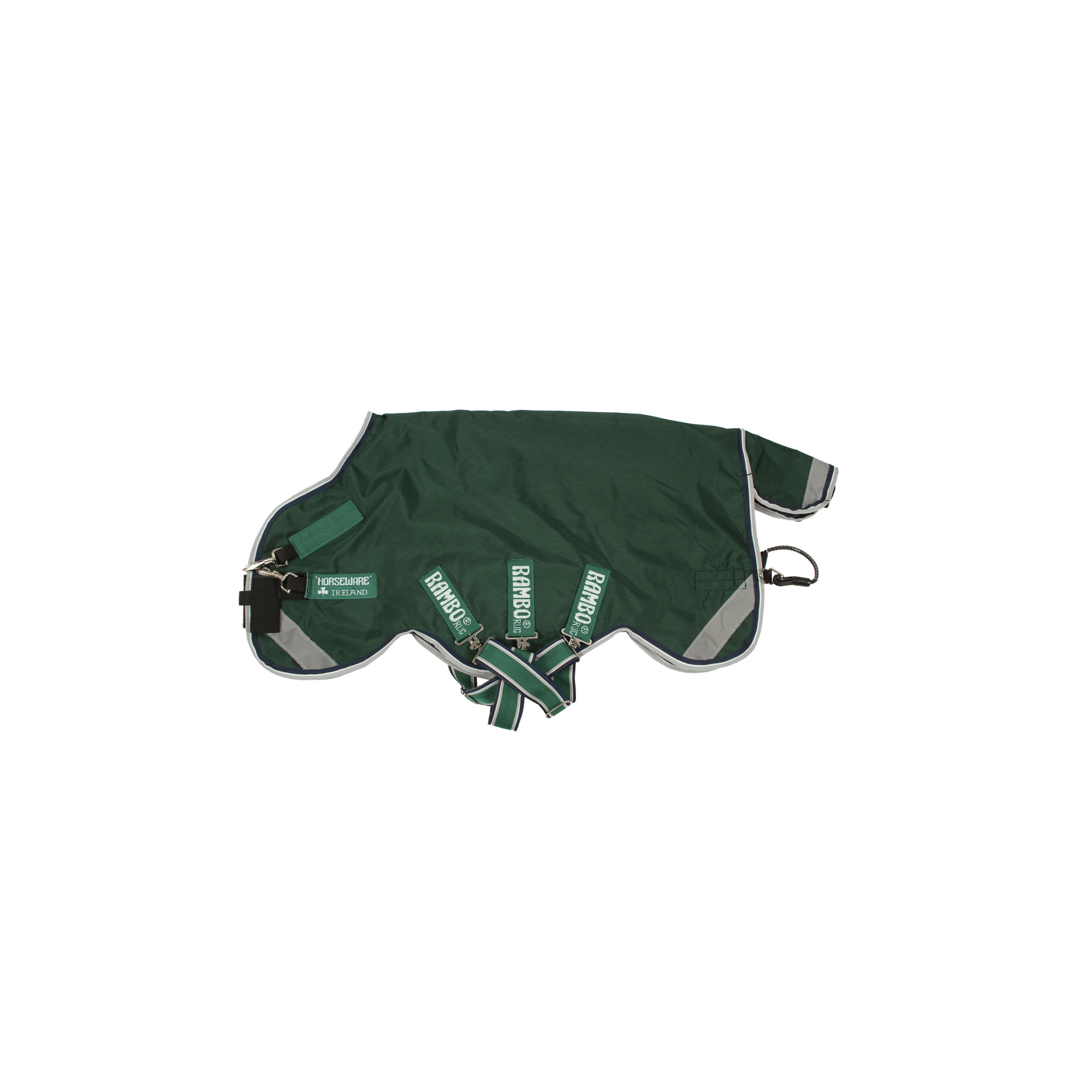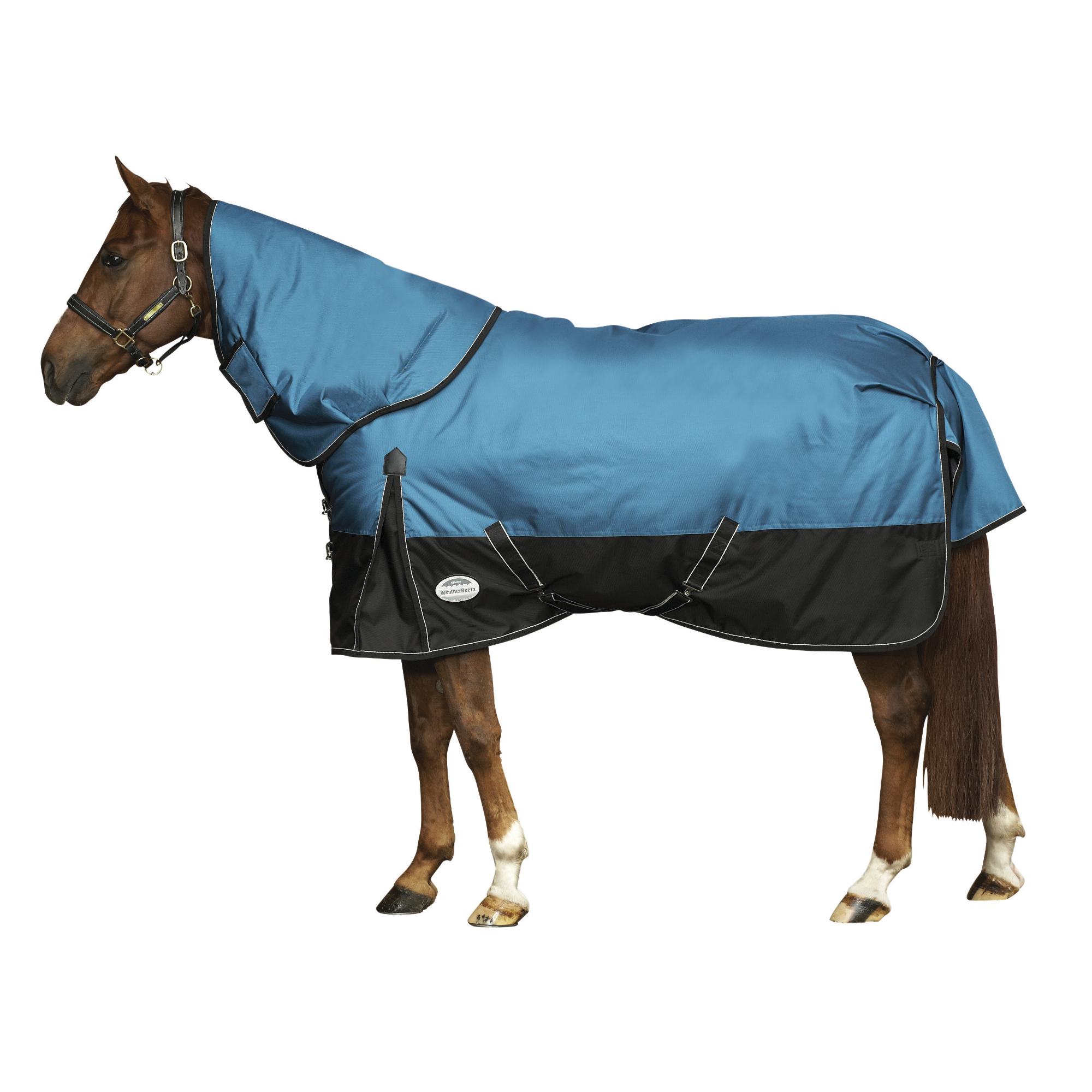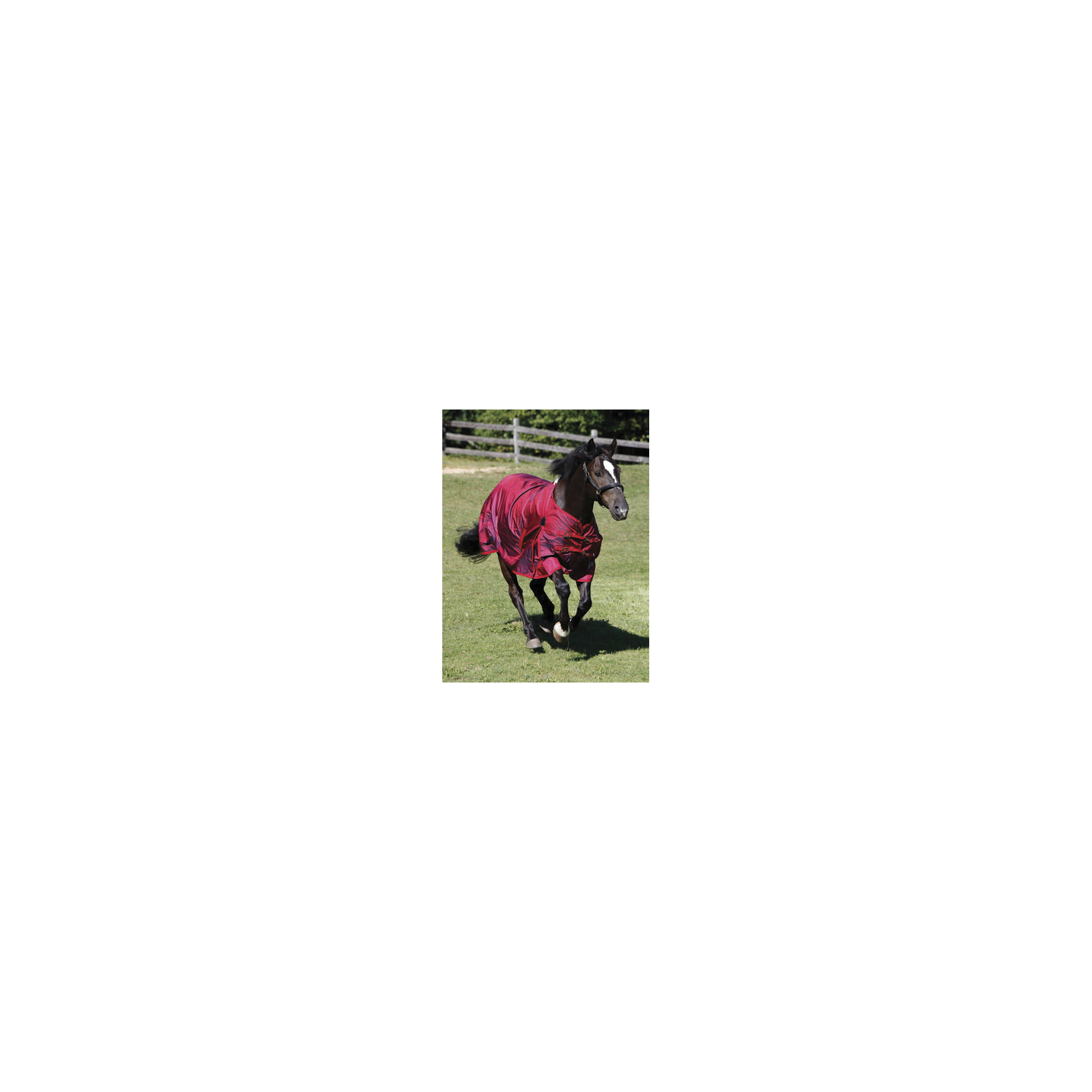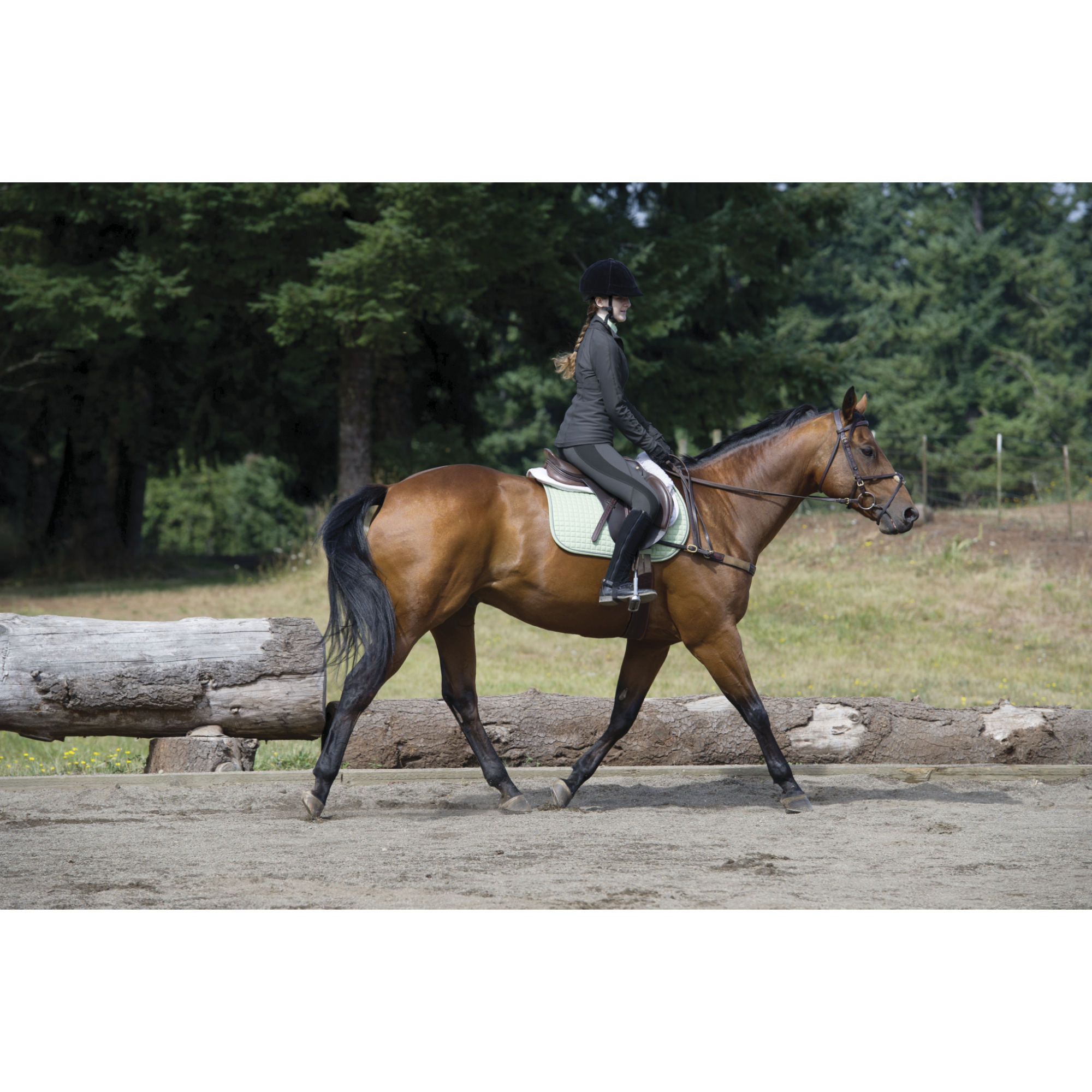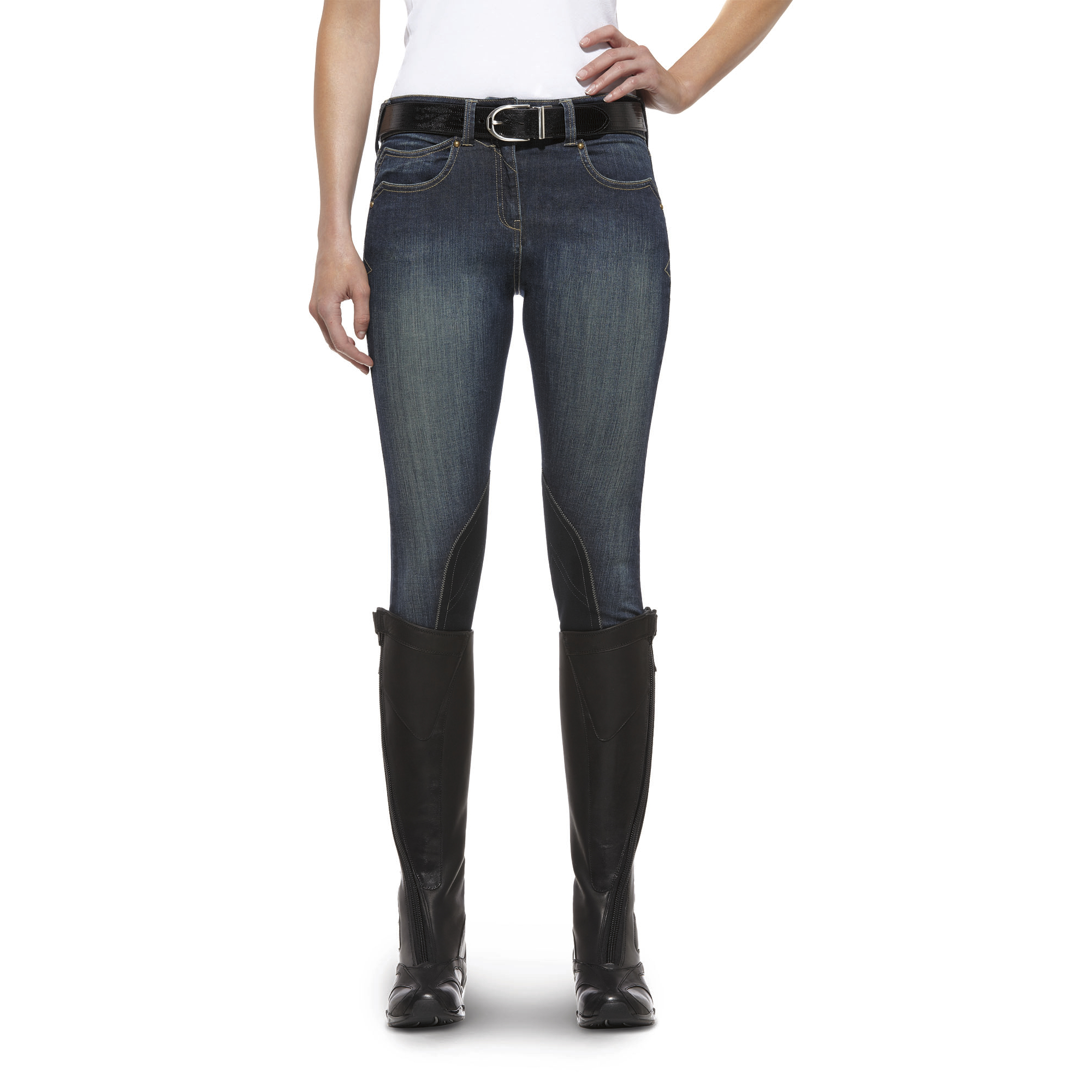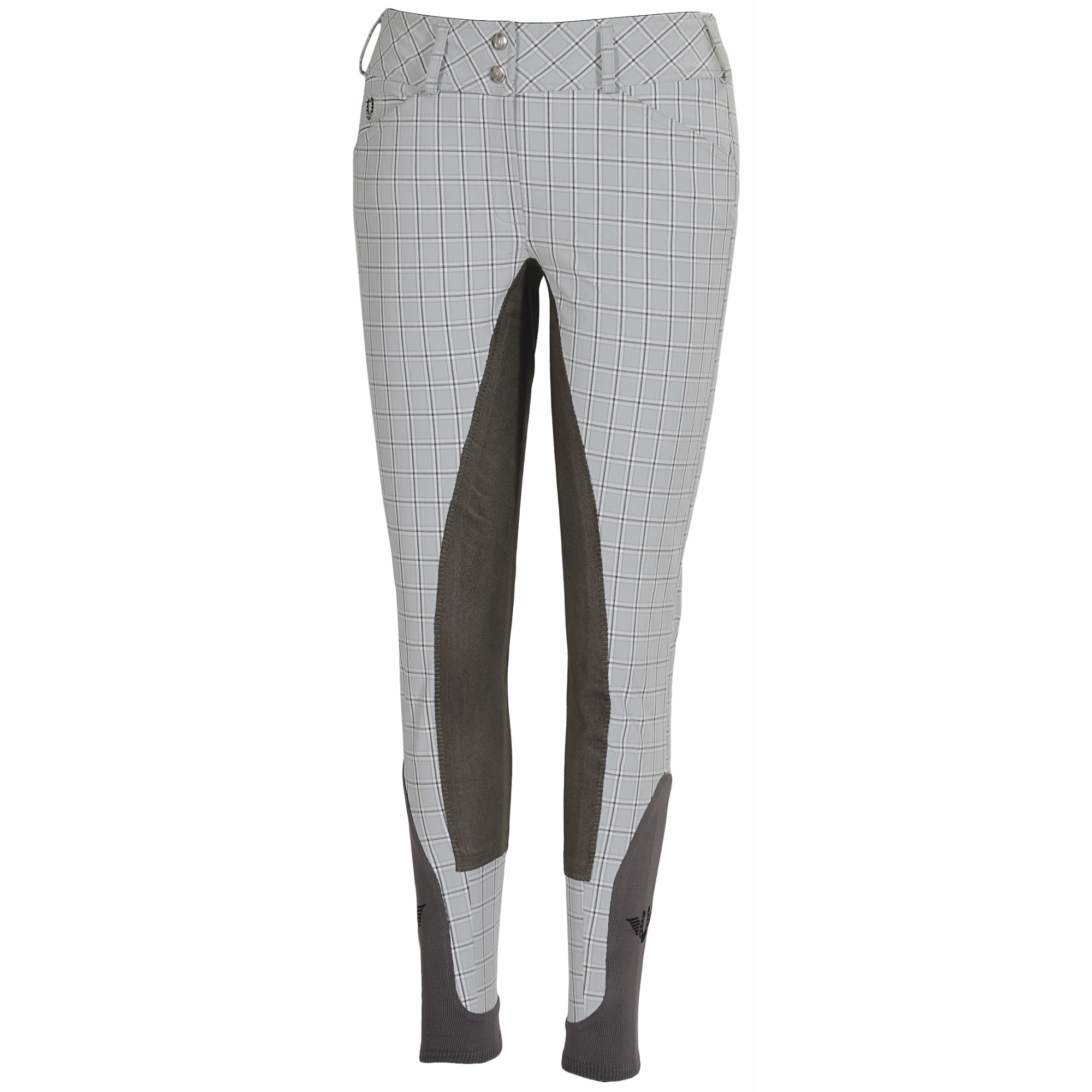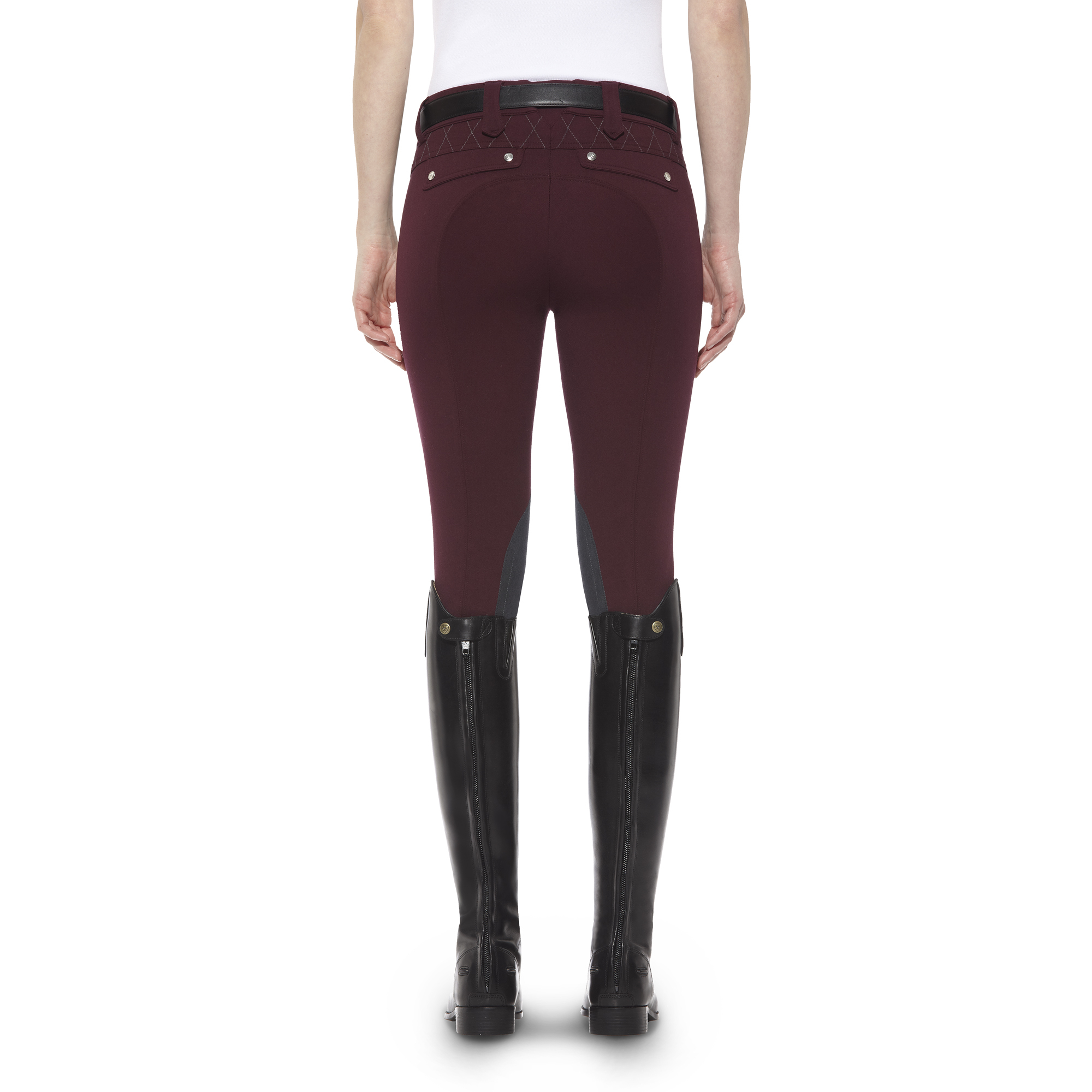Ask the Vet: Fall Hazards
By: Sallie S. Hyman, VMD, DACVIM, CVA
The Fall season brings cooler weather
and beautiful colored foliage. Leaves start to fall and the grass
starts to die back. Although we may see this as a time to get off
the mower and get on our horses to enjoy the beautiful scenery, it
can be a very dangerous time for horses if the wrong things end up in
there pasture.
Red maple leaves and acorns from oak trees pose very serious threats to horses. Both are highly toxic and can cause serious harm and death if ingested. Horses often eat red maple leaves or acorns if there is not enough grass left in the pasture and they are not supplied with supplemental forage such as hay or hay cubes. Some horses accidentally taste acorns that have fallen into a field and then develop a taste for them and seek them out.
Red Maple Leaf Toxicity
The native red
maple (Acer rubrum), also called swamp or soft maple, is a
potent killer of horses and ponies. Red maple is a tree native to the
eastern half of North America.
Toxicity
The toxic
ingredient in red maple leaves is believed to be gallic acid. Gallic
acid causes methemoglobinemia and is found in the leaves of red
maple, sugar maple and silver maple trees. Ingestion of wilted or
partially dried red maple leaves from fallen or pruned branches
causes lysis of the red blood cells with the subsequent development
of a hemolytic anemia, which can be deadly. The problem can occur
from June to October. Ingestion of dried or wilted, but not fresh,
maple leaves is associated with the toxicosis. Although dried leaves
may remain toxic for 4 weeks, they are not generally believed to
retain toxicity the following spring. Older wilted leaves, e.g.,
those collected after September 15, cause faster poisoning than
wilted leaves of early summer growth. This indicates that the amount
of toxin increases in leaves during the summer. Red cell damage has
been reproduced in horses ingesting 1.5 to 3 pounds of dried leaves
per 1,000 pounds of body weight. Ingestion of fresh leaves does not
appear to cause disease.
Clinical
Syndrome
Horses often die
within 18-24 hr of ingestion of wilted leaves. Horses that remain
alive for 18-24 hr after ingestion of wilted leaves will be severely
depressed and cyanotic and produce dark red or brown urine. The
mucous membranes are blue to brown from poor oxygenation. They suffer
intravascular and extravascular hemolysis (red blood cell breakdown).
The percentage of red blood cells circulating in the blood (packed
cell volume (PCV)) can drop as low as 8%-10% and the hemoglobin (Hb)
concentration can be as low as 50 g/L. The normal PCV and Hb
concentrations in horse blood are 28%-44% and 112-169 g/L
respectively. Death is due to a severe lack of oxygen delivery to
vital cells from hemolysis of red blood cells, anemia and the
oxidation of hemoglobin to methemoglobin, which is incapable of
transporting oxygen. The clinical signs observed in horses that eat
red maple leaves include: colic, fever, followed by laminitis and
disseminated intravascular coagulation.
Blood changes of
horses with red maple leaf toxicity include anemia, hemoglobinemia,
Heinz body formation, increased AST, SDH, plasma protein, and
bilirubin.
Treatment
Early treatment
is aimed at preventing absorption of the toxin if the syndrome is
recognized quickly, especially if the owner saw the horse eat leaves.
Activated charcoal or mineral oil can be used to slow absorption.
Activated charcoal will also bind some of the toxin. Once clinical
signs have occurred, treatment is symptomatic and aimed at
maintaining a viable PCV and oxygen level. IV fluids are used to help
flush the products of red blood cell breakdown out of the kidneys and
to prevent dehydration. Blood transfusions may be necessary if the
PCV drops below 15%. Nasal oxygen supplementation can also be used
to keep oxygen levels within normal limits. The condition also causes
colic like symptoms and the pain can be carefully treated with
non-steroidal anti-inflammatories or opiates as needed.
Prognosis
Prognosis is
guarded to poor for horses who consume large amounts of wilted red
maple leaves.
Identifying
Red Maples
The leaves of
red maples are palmate (like the palm of your hand), 5-15 cm long and
about as wide, with 3 to 5 lobes. The two sides of the center lobe
are almost parallel to the midvein (5). Between the lobes, the leaf
edge or leaf margin is serrated or jagged, while the leaf margin of
sugar maple and Norway maple is smooth with no serrations. The
underside of the red maple leaf is silver grey and the keys are red.
Red maple can hybridize with silver maple, creating crosses of
intermediate forms that should also be avoided near horse pastures.
Silver maple is a soft maple with heavily indented lobes compared to
red maple or sugar maple. In northern parts of Ontario, mountain
maple with its small, heavily serrated 3- to 5-lobed palmate leaves
could be confused with red maple. However, it only grows to 3-5 m or
as a shrub. Red maple trees can grow up to 25 m high.
 |
| Red Maple Leaf |
Researchers have identified the
presence of gallic acid in silver and sugar maple as well as red
maple. Although no reports citing either of them as a cause in
poisoning have been published, there have been anecdotal reports of
possible poisonings.
Prevention
Remove any limbs or leaves from red
maple trees that have fallen into a pasture, looking after each rain
or wind storm in particular. Trim trees near pastures so that horses
are not able to reach the branches to eat leaves.
Oak Leaf and Acorn Toxicity
Poisoning can occur in Spring when
young oak leaves are eaten, but it mostly occurs due to ingestion of
the acorns in the Autumn. This is due to the tannic and gallic acids
in the acorn, which can cause severe damage to the gastrointestinal
system, liver, and kidneys
Clinical Signs
If horses are eating acorns, the husks
can often be seen in their droppings. Many horses are unaffected but
clinical signs to look out for include depression, loss of appetite,
mouth ulcers, abdominal pain (colic), consipation followed by
diarrhea which may contain blood, blood in the urine, leg edema,
weakness and incoordination.
Treatment
There is no specific antidote for acorn
toxicity and treatment of these cases involves intravenous fluids to
prevent dehydration and correct electrolyte abnormalities. If
horses develop kidney failure, intravenous fluids can help to
increase blood flow to the kidney and furosemide can be used to
increase urination. Mineral oil or activated charcoal can be
given orally to help remove the toxin from the gastrointestinal tract
as soon as possible. The prognosis for horses with acorn
poisoning is guarded, so it is much better to prevent the problem
than treat it.
Prevention
The only way to prevent acorn poisoning is to prevent your horses from having any access to the oak trees and the acorns that fall from them. This will undoubtedly involve fencing off the trees and the area of ground where the acorns fall or alternatively picking up fallen acorns daily and remove low branches.
Individual animals have different
levels of tolerance. Therefore it is not possible to say how many can
be eaten in a given period of time without causing symptoms, however
small amounts do not usually cause problems. Acorns can become
addictive, some horses will actively search for them once they have
acquired the taste.



